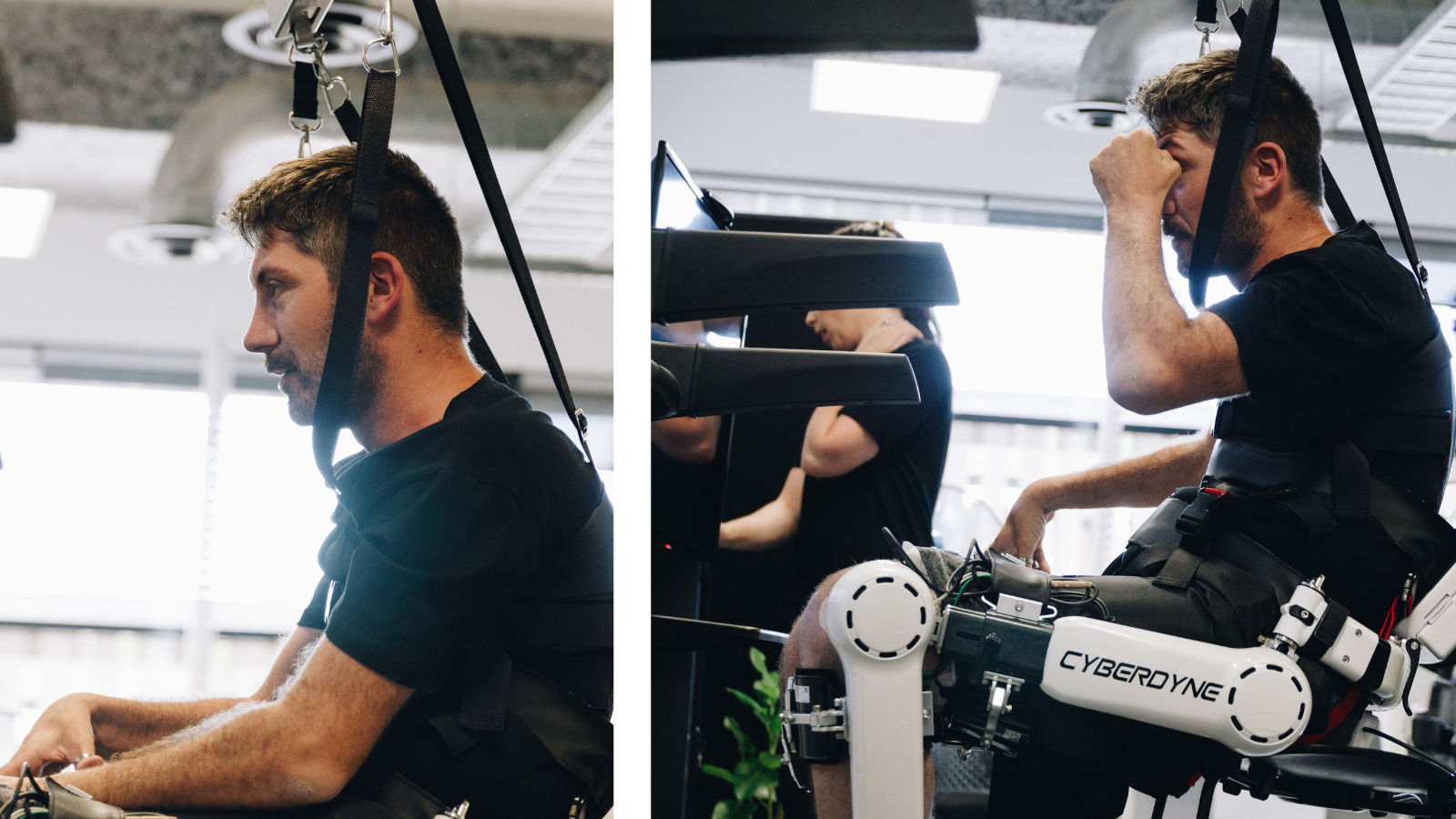Key Aspects of Spinal Cord Injury Recovery
Approximately 20,000 Australians live with Spinal Cord Injury (SCI). Each year between 200-300 new cases arise. However, not all spinal cord injuries are alike. The injury itself can affect a different part of the spine, can have differing severity and human factors can make the prognosis for recovery vary wildly. There are some aspects common to any SCI though, including the physical and mental sides of the recovery process.
What are the types of spinal cord injury?
- Cervical spinal cord injuries affect the neck region and may lead to paralysis in the arms, legs or both.
Thoracic spinal cord injuries can cause weakness in the arms and legs as well as breathing issues. - Lumbar spinal cord injuries typically result in loss of bladder control and weakness in the hips and lower body.
- Sacral spinal cord injuries are associated with problems controlling bowel movements, sexual function and sensation in the lower body such as sensation from below your waistline down to your toes.
What is the difference between a complete and an incomplete spinal cord injury?
When a spinal cord injury occurs, it can be divided into two broad categories: complete and incomplete.
- A complete spinal cord injury means that you will not have any motor or sensory function below the point of injury.
- An incomplete spinal cord injury means that there will be some amount of motor or sensory function retained below the point of injury.

Stages of recovery
Acute care, the first stage of recovery occurs immediately following a spinal cord injury. This will involve spending time in the hospital, usually in a critical care department. Sometimes, a person will also need to undergo surgery to stabilize the spine. While you’re in hospital you are also likely to start rehabilitation once you are medically stable.
The third stage of recovery is on-going physical rehabilitation and care, usually delivered as an outpatient. This may include undergoing physical or occupational therapy, and it can also involve counseling.
Physical Recovery
Clinicians tend to be cautious in managing patient expectations for recovery. At RoboFit we “never say never” and are often surprised by the level of physical strength our clients have regained. Setting realistic, achievable goals in your physical recovery process can help with maintaining motivation and a positive mindset.
Try some of these as areas to focus your goals:
- Swelling reduction
- Surgical recovery
- Improved sensation or motion
- Skills with assistive devices
- Managing daily tasks in new ways
- Compensating with muscle build up in less limited areas of your body
Psychological Recovery
Every spinal cord injury is different. Most spinal cord injury survivors regain some degree of functioning, however some never do. Focusing on physical functioning as a sole measure of recovery or rehabilitation can leave you feeling hopeless and overwhelmed.
Your physical health will be impacted by your psychological health, and believing that physical recovery is the only way to be happy can likewise undermine your psychological well-being.
Spinal cord injuries are challenging, and there is no shame in seeking psychological help. Many survivors struggle with depression, anxiety, and other mental health issues, but with family support and lots of help, you can find new ways to live a life you love.
